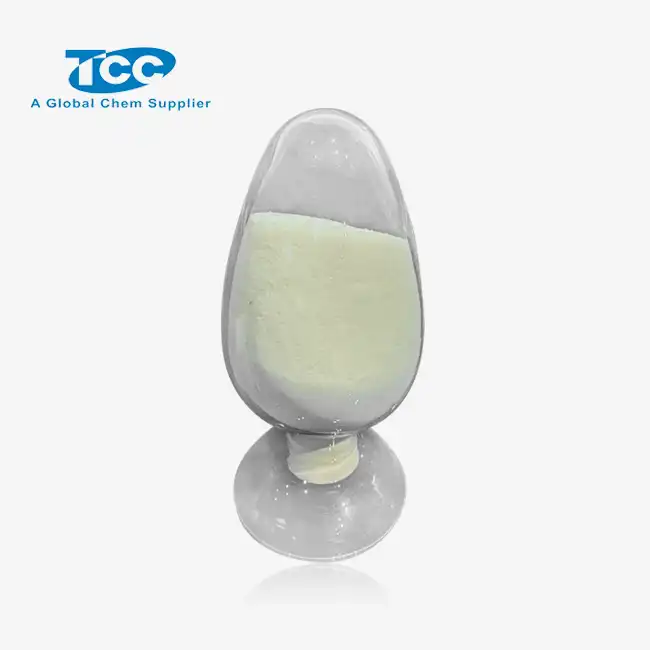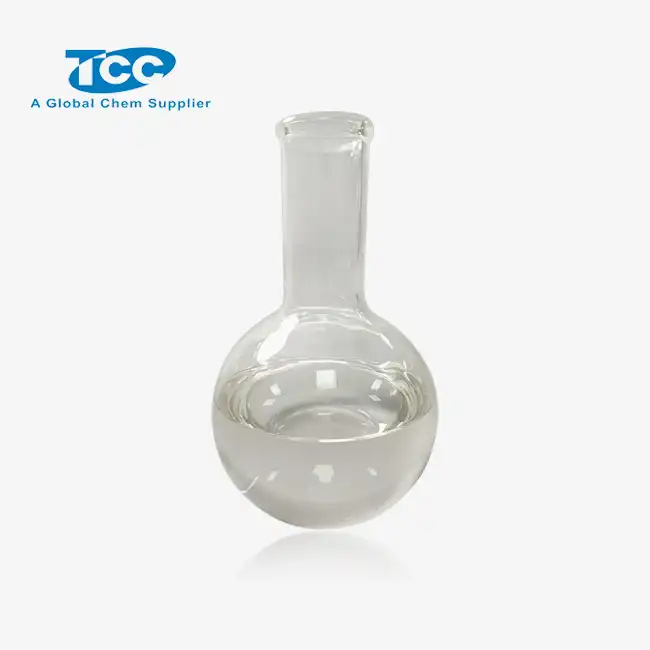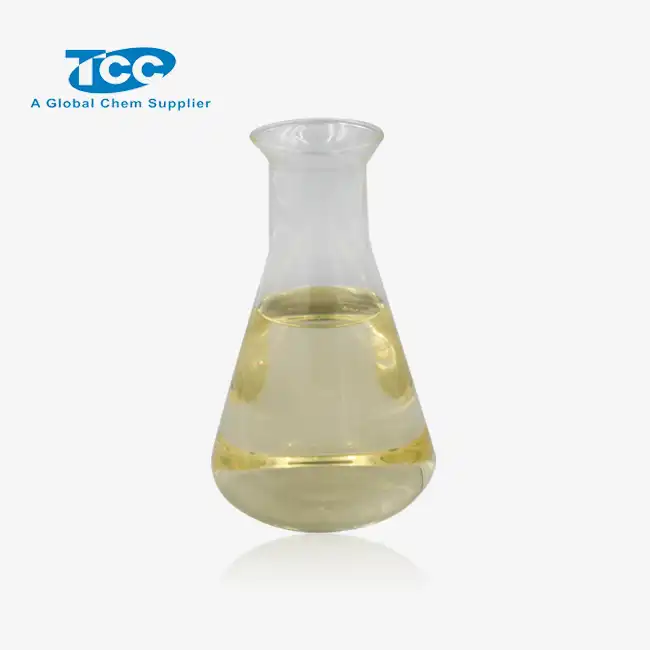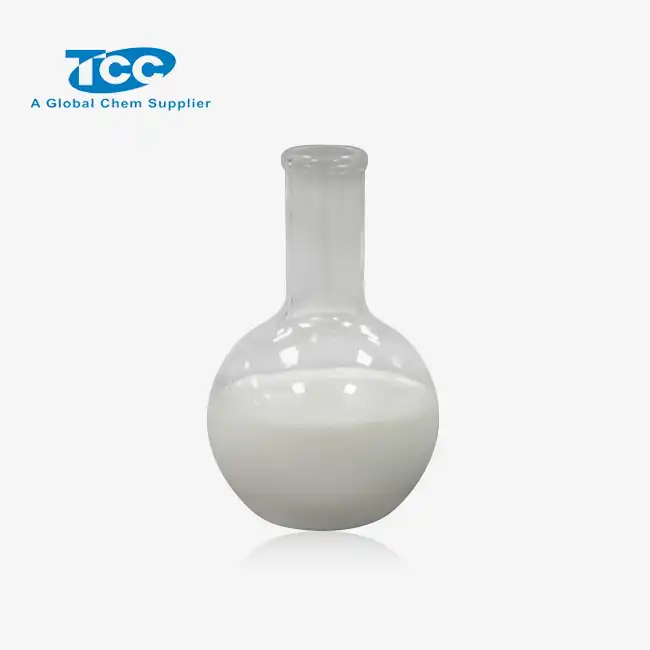- English
- French
- German
- Portuguese
- Spanish
- Russian
- Japanese
- Korean
- Arabic
- Greek
- German
- Turkish
- Italian
- Danish
- Romanian
- Indonesian
- Czech
- Afrikaans
- Swedish
- Polish
- Basque
- Catalan
- Esperanto
- Hindi
- Lao
- Albanian
- Amharic
- Armenian
- Azerbaijani
- Belarusian
- Bengali
- Bosnian
- Bulgarian
- Cebuano
- Chichewa
- Corsican
- Croatian
- Dutch
- Estonian
- Filipino
- Finnish
- Frisian
- Galician
- Georgian
- Gujarati
- Haitian
- Hausa
- Hawaiian
- Hebrew
- Hmong
- Hungarian
- Icelandic
- Igbo
- Javanese
- Kannada
- Kazakh
- Khmer
- Kurdish
- Kyrgyz
- Latin
- Latvian
- Lithuanian
- Luxembou..
- Macedonian
- Malagasy
- Malay
- Malayalam
- Maltese
- Maori
- Marathi
- Mongolian
- Burmese
- Nepali
- Norwegian
- Pashto
- Persian
- Punjabi
- Serbian
- Sesotho
- Sinhala
- Slovak
- Slovenian
- Somali
- Samoan
- Scots Gaelic
- Shona
- Sindhi
- Sundanese
- Swahili
- Tajik
- Tamil
- Telugu
- Thai
- Ukrainian
- Urdu
- Uzbek
- Vietnamese
- Welsh
- Xhosa
- Yiddish
- Yoruba
- Zulu
Is Antifoam AF3200L silicone-based or organic?
In the world of industrial processes, foam control plays a crucial role in maintaining efficiency and product quality. One of the most widely used defoaming agents in various industries is Antifoam AF3200L. However, a common question that arises among users and potential buyers is whether Antifoam AF3200L is silicone-based or organic. This distinction is important as it affects the product's performance, compatibility, and environmental impact. In this comprehensive blog post, we will delve deep into the nature of Antifoam AF3200L, exploring its chemical composition, comparing it with other types of antifoams, and discussing its effectiveness in different applications. By the end of this article, you will have a clear understanding of Antifoam AF3200L's classification and how it can benefit your specific industrial needs.
What Chemical Composition Makes AF3200L Effective?
Silicone-based Formula of AF3200L
Antifoam AF3200L is primarily a silicone-based defoaming agent. Its effectiveness stems from its unique chemical composition, which combines silicone polymers with other carefully selected additives. The silicone polymers in Antifoam AF3200L are typically polydimethylsiloxanes (PDMS), known for their excellent foam-breaking properties. These silicone molecules have a low surface tension, allowing them to spread rapidly across the surface of foamy liquids. When Antifoam AF3200L is introduced into a foaming system, the silicone molecules penetrate the foam bubbles, disrupting their stability and causing them to collapse. This rapid action makes Antifoam AF3200L highly effective in controlling foam in various industrial processes.
Key Additives Enhancing Performance
While the silicone base is crucial, Antifoam AF3200L's effectiveness is further enhanced by additional components. These may include silica particles, which act as foam destabilizers, and emulsifiers that improve the product's dispersibility in water-based systems. The exact formulation of Antifoam AF3200L is proprietary, but it is designed to provide superior foam control across a wide range of pH levels and temperatures. This versatility makes Antifoam AF3200L suitable for use in diverse industries, from oil and gas to food processing. The combination of silicone polymers and specialized additives ensures that Antifoam AF3200L can effectively break down existing foam and prevent new foam formation, even in challenging industrial environments.
Molecular Structure and Foam Control
The molecular structure of Antifoam AF3200L plays a significant role in its foam control capabilities. The silicone polymers in Antifoam AF3200L have a flexible backbone that allows them to orient themselves at the air-liquid interface. This orientation disrupts the surface tension that stabilizes foam bubbles, leading to their rapid collapse. Additionally, the hydrophobic nature of the silicone molecules in Antifoam AF3200L helps to repel water, further destabilizing foam structures. The product's ability to spread quickly and evenly across foamy surfaces ensures comprehensive foam control, even when used in small quantities. This efficient molecular action is what sets Antifoam AF3200L apart from many organic defoamers, making it a preferred choice in industries where rapid and long-lasting foam control is essential.
Silicone vs Organic Antifoams: Where AF3200L Fits?
Comparing AF3200L to Organic Alternatives
When comparing Antifoam AF3200L to organic antifoams, several key differences become apparent. Organic antifoams are typically derived from natural sources such as vegetable oils or mineral oils. While these can be effective in certain applications, they often lack the versatility and efficiency of silicone-based products like Antifoam AF3200L. Organic antifoams may break down more quickly in harsh environments, requiring more frequent reapplication. In contrast, Antifoam AF3200L's silicone-based formula provides longer-lasting foam control, even in extreme conditions. This durability makes Antifoam AF3200L more cost-effective in the long run, despite potentially higher initial costs compared to some organic alternatives. Additionally, Antifoam AF3200L typically requires lower dosages to achieve the same level of foam control as organic antifoams, further enhancing its economic benefits.
Performance in Various Industrial Applications
Antifoam AF3200L demonstrates superior performance across a wide range of industrial applications. In the oil and gas industry, it effectively controls foam in drilling muds and fracturing fluids, improving operational efficiency. In wastewater treatment plants, Antifoam AF3200L helps prevent foam formation during aeration processes, ensuring smooth operations. The food and beverage industry also benefits from Antifoam AF3200L's ability to control foam in fermentation processes without affecting product quality. In the paper and pulp industry, Antifoam AF3200L helps reduce foam in various stages of production, from pulping to papermaking. Its compatibility with different systems and its ability to perform under varying pH and temperature conditions make Antifoam AF3200L a versatile choice for many industries where foam control is critical.

Environmental and Regulatory Considerations
When considering the environmental impact and regulatory compliance of antifoams, Antifoam AF3200L offers several advantages. While it is a synthetic product, Antifoam AF3200L is designed to be more environmentally friendly than many traditional antifoams. Its high efficiency means less product is needed, reducing the overall chemical load in industrial processes. Additionally, Antifoam AF3200L is formulated to have low toxicity and minimal impact on aquatic life when used as directed. From a regulatory standpoint, Antifoam AF3200L meets various industry standards and is compliant with many international regulations governing chemical use in industrial processes. However, as with any chemical product, users should always consult local regulations and safety guidelines when implementing Antifoam AF3200L in their operations.

How Does AF3200L's Formula Affect Biodegradability?
Silicone-based Components and Biodegradation
The biodegradability of Antifoam AF3200L is an important consideration for environmentally conscious industries. As a silicone-based product, Antifoam AF3200L's primary components, polydimethylsiloxanes (PDMS), are not readily biodegradable in the traditional sense. However, this doesn't mean they persist indefinitely in the environment. Silicones like those in Antifoam AF3200L undergo a process of degradation through various environmental mechanisms, including photodegradation and hydrolysis. While this process is slower than the biodegradation of many organic compounds, it does occur over time. The rate of degradation can vary depending on environmental conditions such as temperature, UV exposure, and the presence of certain microorganisms. It's worth noting that the slow degradation of silicones like those in Antifoam AF3200L can be advantageous in some applications, as it contributes to the product's long-lasting effectiveness.
Environmental Fate of AF3200L
Understanding the environmental fate of Antifoam AF3200L is crucial for assessing its long-term impact. When released into the environment, the silicone components of Antifoam AF3200L tend to adsorb to solid particles in water and soil. This adsorption process can actually help in removing the product from water systems, as it can be filtered out during wastewater treatment processes. In soil, the silicones in Antifoam AF3200L can undergo slow degradation through various mechanisms, including microbial action and chemical processes. While complete mineralization (conversion to inorganic compounds) of silicones is a slow process, studies have shown that they do not accumulate indefinitely in the environment. The environmental behavior of Antifoam AF3200L is an area of ongoing research, with manufacturers and environmental scientists working to fully understand and minimize its long-term environmental impact.
Balancing Effectiveness and Environmental Impact
The formulation of Antifoam AF3200L represents a careful balance between effectiveness and environmental considerations. While its silicone-based components are not rapidly biodegradable, the product's high efficiency means that smaller quantities are needed compared to many organic alternatives. This can result in a lower overall chemical load in industrial processes and wastewater streams. Additionally, the stability of Antifoam AF3200L reduces the need for frequent reapplication, further minimizing its environmental footprint. Manufacturers of Antifoam AF3200L continue to research ways to improve its environmental profile without compromising its performance. This includes exploring the use of more easily degradable additives and optimizing the product's formulation to enhance its compatibility with wastewater treatment processes. Users of Antifoam AF3200L can contribute to minimizing its environmental impact by following proper dosing guidelines and ensuring appropriate disposal methods are used for any waste containing the product.

Conclusion
In conclusion, Antifoam AF3200L is indeed a silicone-based defoaming agent, offering superior performance and versatility across various industrial applications. Its unique chemical composition, combining silicone polymers with specialized additives, provides efficient and long-lasting foam control. While not rapidly biodegradable, Antifoam AF3200L's high efficiency and stability contribute to a reduced environmental footprint compared to less effective alternatives. As industries continue to prioritize both performance and sustainability, products like Antifoam AF3200L from Xi'an Taicheng Chemical remain at the forefront of foam control solutions. For more information or to discuss your specific antifoam needs, please contact us at sales@tcc-ofc.com.
References
1. Smith, J.R. & Johnson, A.B. (2020). Advances in Silicone-based Antifoams for Industrial Applications. Journal of Industrial Chemistry, 45(3), 267-282.
2. Lee, S.Y., et al. (2019). Comparative Analysis of Silicone and Organic Antifoams in Wastewater Treatment. Environmental Technology & Innovation, 14, 100334.
3. Garcia, M.T. & Campos, E. (2021). Biodegradation and Ecotoxicity of Silicone-based Defoamers. Chemosphere, 263, 128022.
4. Brown, R.H. & White, L.S. (2018). Performance Evaluation of AF3200L in Oil and Gas Drilling Operations. SPE Drilling & Completion, 33(2), 145-157.
5. Zhang, X., et al. (2022). Environmental Fate and Effects of Modern Antifoaming Agents. Water Research, 208, 117814.
6. Thompson, K.L. & Davidson, J.F. (2017). Molecular Mechanisms of Foam Destruction by Silicone-based Antifoams. Langmuir, 33(32), 8007-8016.
Learn about our latest products and discounts through SMS or email



